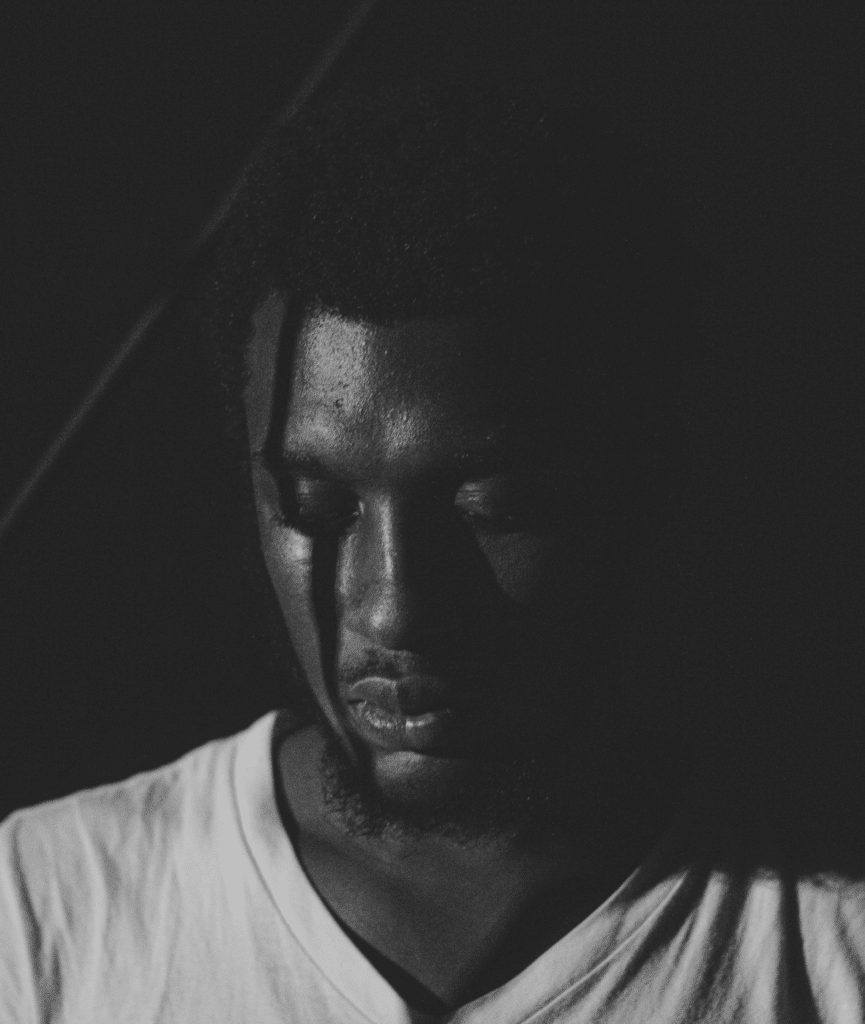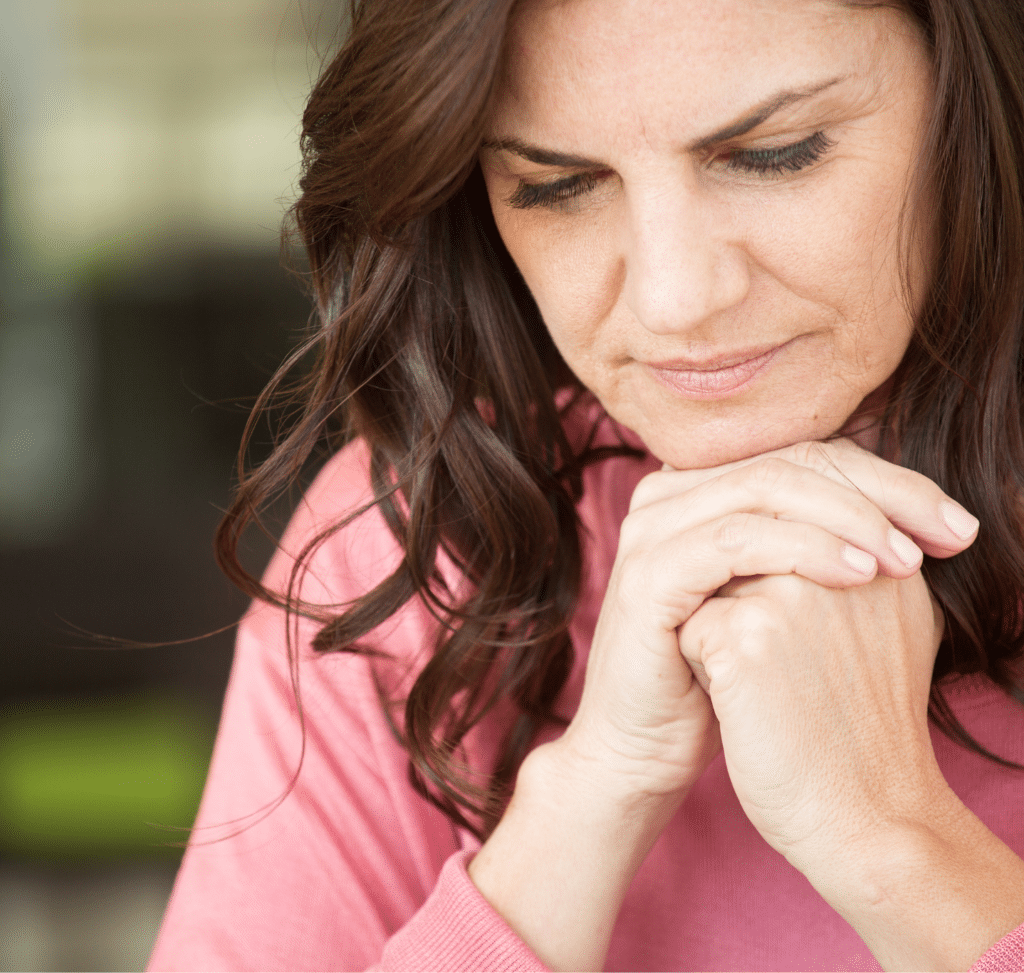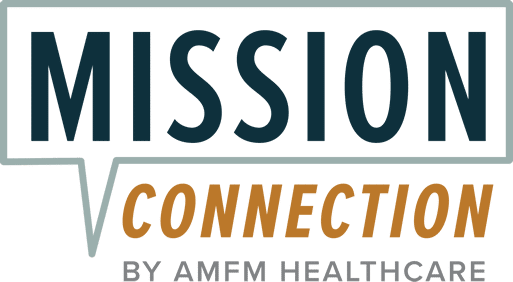17 Types of Depression – Major Depression, Persistent Depressive Disorder, and More

There are many different diagnostic names for depression, but the root of depression is a mood disorder affecting how you feel, think, and behave.
Some types of depression are more commonly seen in women, such as postpartum depression, which is depression following the birth of a baby. Similarly, there are mental illnesses that can affect you at different stages of life.
Depression at any age can begin as a mild to moderate disability, affecting how you think, feel, and relate to others. However, without treatment, these symptoms can become severe, potentially having a huge negative impact on your life and, for some, perhaps even leading to hospitalizations.
Fortunately, when depression is detected early and treated with a combination of psychotherapy and medication, the symptoms can be managed and your quality of life improved.
To help you find out all you need to know about the different types of depression, below we have broken down the 17 different forms depression can take.

Key Takeaways
- Depression includes many forms — from severe episodes to chronic low mood, affecting people differently.
- Major Depressive Disorder (MDD) involves persistent sadness or hopelessness lasting at least two weeks.
- Persistent Depressive Disorder (PDD, also dysthymia) features lower‑intensity symptoms that persist chronically over long periods.
- Other depression types — including prenatal/postpartum, seasonal, treatment‑resistant, and depression within bipolar or psychotic disorders — show differing triggers, durations, and symptom patterns.
- Early detection and a combination of psychotherapy and/or medication can improve outcomes and quality of life.
Table of Contents
What Are the 17 Types of Depression?
There are certain clusters of symptoms that, taken together, are viewed as a specific type of depression. Let’s explore each in detail below.
1. Major Depressive Disorder (MDD)
It is normal to experience a range of moods in response to life’s challenges. If sadness or low mood sets in, however, and you find yourself fixed in a negative, low frame of mind over a much longer period of time, then this could be a sign of major depressive disorder (MDD).1
To receive a diagnosis of major depressive disorder, you typically have to show several (up to 5) symptoms from the list below. These symptoms have to be continually present for at least two weeks and limit your ability to complete normal day-to-day activities.
The following are symptoms of major depressive disorder:2
Feelings of sadness, hopelessness, or worthlessness
- Loss of interest in usual activities
- Anger or irritability
- Sleeping issues
- Appetite change, either weight gain or loss
- Difficulties concentrating
- Feelings of guilt, worthlessness or self-blame
- Thoughts of suicide
- Unexplained physical symptoms
2. Persistent Depressive Disorder (PDD or Dysthymia)
Symptoms of PDD include:3
Fatigue- Difficulties concentrating
- Low self-esteem
- Sleeping issues
- Difficulties completing day-to-day tasks
- Gaining weight or losing weight
If you think you may have signs of PDD, talk to your healthcare provider. There is no test for this condition, and diagnosis involves an in-depth evaluation. Treatment for PDD will typically involve a combination of medication, psychotherapy, and lifestyle management.
Bipolar Disorder (Manic Depression)
Bipolar disorder is a type of depression that involves intense shifts in mood, from low (known as depressive episodes) to elated and potentially even euphoric (known as manic episodes).4
Manic Episodes
During an episode of mania, you might feel extremely energized, waking earlier than normal in the morning and or being up very late at night. Manic episodes for some people can see periods of intense creativity or productivity. Equally a phase of mania can result in risky behaviors. Reckless driving and risk-taking sexual behaviors all put someone’s emotional and physical health at risk.4
Depressive Episodes
The opposite happens during a depressive episode in bipolar disorder. During a depressive episode, the following symptoms may be present:4
Low mood
Low energy
Low self-worth
High levels of anxiety
The severity of each episode depends on the form of bipolar they have. There are two forms of bipolar disorder:
Bipolar I: With this type of depression, you may experience a cycle of moods taking you to both poles of experience, from intense energy and optimism to extreme low mood or extreme anxiety. The shifts in mood often affect a person’s thought patterns and behavior, including their sleep and appetite. In bipolar I, the manic episodes are severe and can last for days or weeks. Depressive episodes may occur and may manifest with a mixture of manic symptoms, such as increased energy.
Bipolar II: This form of depression also has manic and depressive episodes. However, unlike bipolar I, bipolar II involves less severe manic episodes that don’t last as long, but long-lasting depressive episodes.
Therefore, the key difference between the two forms of bipolar is that those with bipolar I can go into full-blown mania, meaning they can almost feel invincible. However, this appears to be less severe in the case of bipolar II.
4. Seasonal Affective Disorder (SAD)
During the darker parts of the year (when the days are shorter), we may spend less time outside, and as a result, have less exposure to sunlight. While the research is limited on the effect reduced sunlight exposure has on our mental health, the main idea is that a lack of sunlight may cause dysfunction in a part of the brain known as the hypothalamus.
Dysfunction of the hypothalamus may lead to changes in the production of melatonin, a hormone that makes us feel sleepy and tired, and lower the production of serotonin, which negatively affects our mood and sleep. What’s more, the hypothalamus plays a key role in our body’s internal clock, also known as our circadian rhythm. When the light levels are lower, our body’s internal clock may not fully “wake up,” causing us to feel more tired.
SAD is a common form of depression affecting around 5% of adults in the US that comes and goes as the seasons change. Most people tend to experience the symptoms of SAD during the darker, colder months, which then ease in summer. However, it’s important to note that some people have it the opposite way around – they experience SAD in summer, and the symptoms disappear in winter.6
Symptoms of SAD:
Loss of energy- Loss of interest in usual activities
- Thoughts of suicide
- Sleeping issues
- Change in appetite
- Anxiety
5. Psychotic Depression
Psychotic depression can also cause delusions, which are strong, false beliefs. These often reflect deep feelings of guilt, worthlessness, or paranoia, such as believing they are responsible for a global disaster or that they have an incurable illness.
Symptoms of psychotic depression:7
Fatigue or exhaustion- Disturbed sleep
- Changes in appetite
- Difficulties concentrating
- Feeling worthless and guilty
- Thoughts of death or suicide
Psychotic depression can have multiple causes, including genetic factors, major life stressors such as bereavement or job loss, and certain age-related risks. Treatment typically requires a combination of antidepressant and antipsychotic medication, along with therapy, such as cognitive behavioral therapy, to help manage depressive symptoms once psychosis is under control.8
6. Postpartum Depression (PPD)
It’s important to note that many women experience fluctuations in their mood and hormones after birth, a phenomenon known as the “baby blues.” However, if you find yourself still struggling with low mood, high levels of anxiety, and tearfulness more than 2 weeks after birth, it’s important to speak to your primary care physician for support to prevent your symptoms from worsening.
7. Premenstrual Dysphoric Disorder (PMDD)
Premenstrual Dysphoric Disorder shares similar physical and emotional symptoms as premenstrual symptoms (PMS) but is a more severe form of PMS. While mild PMS symptoms affect up to 90% of women, only around 20-30% experience moderate to severe symptoms that affect their daily life. PMDD affects around 3-8% of menstruating people.11
For a diagnosis of PMDD, at least five symptoms must be present, including at least one core emotional symptom:12
Severe mood swings
- Depression or hopelessness
- Marked anxiety or irritability
- Fatigue
- Sleep disturbances
- Difficulty concentrating
- Physical symptoms (bloating, breast tenderness, headaches, muscle pain)
- Suicidal thoughts
The exact cause of PMDD isn’t fully understood. However, some experts believe it is caused by an abnormal sensitivity to hormonal changes, particularly estrogen and progesterone.13 Studies suggest that this can lead to a deficiency in serotonin, a so-called “happy hormone.” As such, SSRIs are often prescribed for PMDD, as these medications counteract the serotonin deficiency.
8. Atypical Depression
Apart from this point of difference, atypical depression presents in a similar way to major depression, with characteristic symptoms such as sleep and appetite changes. However, typical depression usually involves a loss of appetite and insomnia, while atypical depression involves constant sleepiness and increased appetite.
9. Situational Depression
If you receive a diagnosis of adjustment disorder with depressed mood, or situational depression you will have developed emotional and behavioral symptoms within 3 months of a stressor in your life.
The symptoms don’t look the same in everyone, and situational depression can cause emotional and behavioral symptoms.
With situational depression, the symptoms usually improve within 6 months once the stressor has gone. If this is not the case, you may get a diagnosis of major depression disorder (MDD).
10. Substance-Induced Depressive Disorder
Substance-induced depressive disorder is characterized by a constant negative impact on mood and disinterest in things that used to bring pleasure. Depressive disorder is only considered substance-induced if it develops during or soon after intoxication, exposure, or withdrawal from a substance.
11. Depression Due to a Medical Condition
The relationship likely also works in reverse – depression can increase the risk of developing certain chronic health conditions. It can affect stress hormones, increase inflammation, and impact cardiovascular health, raising the likelihood of conditions such as heart disease and stroke.17
12. Neurodevelopmental Depression
Children with autism or ADHD may struggle with understanding and processing their emotions, which can lead to higher levels of stress, anxiety, and difficulty regulating their moods. Emotional dysregulation is common, and irritability can sometimes be a sign of underlying depression or anxiety.19
It’s important to note that “neurodevelopmental depression” is not a clinical term that has a diagnosis. If you are concerned about your child’s mental health, seeking guidance from a mental health professional for evaluation and support can be helpful.
13. Masked Depression
In cases of masked depression, you may expect to see:20
Sleeping difficulties- Problems with concentration
- Social withdrawal
- Stomach issues
- Chronic pain
- Lack of energy
- Fast heart rate
- Tiredness and fatigue
- School difficulties
14. Double Depression
Double depression involves having both major depression and persistent depressive disorder at the same time. Double depression also isn’t used as a diagnostic term. However, doctors, psychologists, and other mental health professionals may still refer to it, despite most likely giving you two distinct diagnoses.
Double depression appears to be unique to each person, but it tends to involve a combination of the symptoms of MDD and PDD. The treatment for these symptoms tends to be medication, psychotherapy, or both.
15. Treatment-Resistant Depression (TRD)
Symptoms of TRD tend to include:
Low mood- Lack of energy
- Thoughts of suicide
- Changes in appetite and sleep patterns
Various factors can contribute to TRD, including genetics, co-occurring health conditions, and non-compliance with treatment. The recommended treatments for TRD are often cognitive behavioral therapy, and advanced treatments like electroconvulsive therapy and transcranial magnetic stimulation.21-28
16. Endogenous Depression
Endogenous (meaning ‘from within’) is a form of depression that arises from internal biological or genetic factors rather than external stressors that you can identify. There is no clear life event that triggers this form of depression, and it’s often linked to brain chemistry and heredity.
17. Exogenous Depression
Exogenous depression (meaning ‘from external factors’), also known as reactive depression, is triggered by external events such as bereavement, trauma, or financial stress. It develops in response to life circumstances rather than internal biological causes.
When it comes to treatment for depression, it’s important to recognize that no two people are the same, and neither is their depression. As such, at Mission Connection, we offer evidence-based therapeutic interventions that are individual to you, the form of depression you’re struggling with, and your needs:
- Cognitive Behavioral Therapy (CBT): Cognitive behavioral therapy (CBT) is a short-term talking therapy to reframe negative thoughts and behavior.
- Dialectical Behavior Therapy (DBT): This is a talking therapy aimed at supporting you to understand your emotions, and find healthy ways to express them.
- Interpersonal Therapy (IPT): The focus of this form of talking therapy is the exploration of the role of relationships in your life. IPT supports you in exploring the dynamics within your relationships and helps you find healthy ways to navigate any relational challenges.
- Group Therapy: Group therapy is a form of psychotherapy whereby you have therapy sessions with a group of likeminded people. In these sessions, you learn about each other’s circumstances, build strong relationships, and develop new coping strategies.
You can access all of these services and many more at Mission Connection. We offer a range of outpatient and inpatient treatment options to cater to the severity of your symptoms. If you want to hear more, get in contact with us at 866-388-5108.
Seek Support for Depression Today
Depression can be an isolating experience, especially when it seems like every avenue you’ve tried has led to nowhere – perhaps not even to a specific form of depression. It’s normal to feel unsure about where to turn to ask for help.
At Mission Connection, we recognize how tough this is, not only struggling with depression but getting the right support for you. For this reason, we offer a wide range of personalized support options, including multiple forms of therapy and treatments.
Our compassionate team will guide you through the assessment stage and pair you with professionals who will support you to live a happier and healthier life. After all, no one should have to manage a mental health condition alone.
If you are struggling with your mental health, or you know someone who might be, don’t hesitate to contact us today at 866-388-5108.

References
- Bains, N., & Abdijadid, S. (2023). Major Depressive Disorder. In StatPearls. StatPearls Publishing. https://www.ncbi.nlm.nih.gov/books/NBK559078/
- World Health Organization. (2023, March 31). Depressive disorder (depression). https://www.who.int/news-room/fact-sheets/detail/depression#:~:text=Symptoms%20and%20patterns,tired%20or%20low%20in%20energy.
- Patel, R. K., Aslam, S. P., & Rose, G. M. (2024). Persistent Depressive Disorder. In StatPearls. StatPearls Publishing. https://www.ncbi.nlm.nih.gov/books/NBK541052/
- Jain, A., & Mitra, P. (2023). Bipolar Disorder. In StatPearls. StatPearls Publishing. https://www.ncbi.nlm.nih.gov/books/NBK558998/
- Hohm, I., Wormley, A. S., Schaller, M., & Varnum, M. E. W. (2023). Homo temporus: Seasonal Cycles as a Fundamental Source of Variation in Human Psychology. Perspectives on Psychological Science. https://doi.org/10.1177/17456916231178695
- Cleveland Clinic. (n.d.). Seasonal depression (seasonal affective disorder). https://my.clevelandclinic.org/health/diseases/9293-seasonal-depression
- NHS. (2024b, November 25). Help for suicidal thoughts. https://www.nhs.uk/mental-health/feelings-symptoms-behaviours/behaviours/help-for-suicidal-thoughts/
- Priory Group. (2021, December 8). Psychotic depression: causes, symptoms and treatment. https://www.priorygroup.com/mental-health/depression-treatment/psychotic-depression
- Scarff J. R. (2019). Postpartum Depression in Men. Innovations in clinical neuroscience, 16(5-6), 11–14.
- Anokye, R., Acheampong, E., Budu-Ainooson, A., Obeng, E. I., & Akwasi, A. G. (2018). Prevalence of postpartum depression and interventions utilized for its management. Annals of general psychiatry, 17, 18. https://doi.org/10.1186/s12991-018-0188-0
- Mishra, S., Elliott, H., & Marwaha, R. (2023). Premenstrual Dysphoric Disorder. In StatPearls. StatPearls Publishing. https://www.ncbi.nlm.nih.gov/books/NBK532307/
- Feingold, K. R., & AB, B. M. Table 1: Diagnostic Criteria for Premenstrual Dysphoric Disorder (PMDD). https://www.ncbi.nlm.nih.gov/books/NBK279045/table/premenstrual-syndrom.table1diag/
- Johns Hopkins Medicine. (2025, February 10). Premenstrual Dysphoric Disorder (PMDD). https://www.hopkinsmedicine.org/health/conditions-and-diseases/premenstrual-dysphoric-disorder-pmdd?
- Cleveland Clinic (n.d.). Atypical depression. https://my.clevelandclinic.org/health/diseases/21131-atypical-depression
- PsychDB. (2022, February 8). Substance/Medication-Induced depressive disorder. https://www.psychdb.com/mood/substance-medication#google_vignette
- CDC. (n.d.). About chronic diseases. https://www.cdc.gov/chronic-disease/about/index.html
- Katon, W. J. (2011). Epidemiology and treatment of depression in patients with chronic medical illness. Dialogues in Clinical Neuroscience, 13(1), 7–23. https://doi.org/10.31887/dcns.2011.13.1/wkaton
- Thapar, A., Livingston, L. A., Eyre, O., & Riglin, L. (2023). Practitioner Review: Attention-deficit hyperactivity disorder and autism spectrum disorder – the importance of depression. Journal of child psychology and psychiatry, and allied disciplines, 64(1), 4–15. https://doi.org/10.1111/jcpp.13678
- Jaisle, E. M., Groves, N. B., Black, K. E., & Kofler, M. J. (2023). Linking ADHD and ASD Symptomatology with Social Impairment: The Role of Emotion Dysregulation. Research on child and adolescent psychopathology, 51(1), 3–16. https://doi.org/10.1007/s10802-022-00982-6
- Stanborough, R. J. (2021, May 3). Understanding What ‘Masked’ Depression Means Today. Healthline. https://www.healthline.com/health/depression/masked-depression
- Voineskos, D., Daskalakis, Z. J., & Blumberger, D. M. (2020). <p>Management of Treatment-Resistant Depression: Challenges and Strategies</p> Neuropsychiatric Disease and Treatment, Volume 16, 221–234. https://doi.org/10.2147/ndt.s198774
- Al-Harbi, N. (2012). Treatment-resistant depression: therapeutic trends, challenges, and future directions. Patient Preference and Adherence, 369. https://doi.org/10.2147/ppa.s29716
- Substance Abuse and Mental Health Services Administration. (2016). DSM-5 Child Mental Disorder Classification. In DSM-5 Changes: Implications for Child Serious Emotional Disturbance [Internet]. Substance Abuse and Mental Health Services Administration (US). https://www.ncbi.nlm.nih.gov/books/NBK519712/
- Bowe, M., Wakefield, J. R. H., Kellezi, B., Stevenson, C., McNamara, N., Jones, B. A., Sumich, A., & Heym, N. (2021b). The mental health benefits of community helping during crisis: Coordinated helping, community identification and sense of unity during theCOVID‐19 pandemic. Journal of Community & Applied Social Psychology, 32(3), 521–535. https://doi.org/10.1002/casp.2520
- Jenkinson, C. E., Dickens, A. P., Jones, K., Thompson-Coon, J., Taylor, R. S., Rogers, M., Bambra, C. L., Lang, I., & Richards, S. H. (2013b). Is volunteering a public health intervention? A systematic review and meta-analysis of the health and survival of volunteers. BMC Public Health, 13(1). https://doi.org/10.1186/1471-2458-13-773
- NHS. (2023, July 5). Living with – Depression in adults. https://www.nhs.uk/mental-health/conditions/depression-in-adults/living-with/#:~:text=In%20fact%2C%20eating%20healthily%20seems,)%20and%20improve%20self%2Desteem
- Gold, S. M., Köhler-Forsberg, O., Moss-Morris, R., Mehnert, A., Miranda, J. J., Bullinger, M., Steptoe, A., Whooley, M. A., & Otte, C. (2020). Comorbid depression in medical diseases. Nature reviews. Disease primers, 6(1), 69. https://doi.org/10.1038/s41572-020-0200-2
- Krishnan, K. R. (2003). Comorbidity and depression treatment. Biological Psychiatry, 53(8), 701–706.
Depression Type FAQs
MDD involves discrete episodes of intense depression — lasting at least two weeks — that significantly impair daily functioning.
PDD tends to be milder but more chronic: symptoms are less severe but linger over months or years, leading to long-term low mood.
Yes — types such as prenatal/postpartum depression and Seasonal Affective Disorder (SAD) occur in specific contexts like after childbirth or during certain seasons.
Yes — depression often co-occurs with conditions like anxiety, trauma‑related disorders, or psychosis, complicating symptoms and treatment.
Definitely — with early detection, a combination of therapy, medication, and lifestyle support, many people improve and regain better mental health.
- Signs of Treatment-Resistant Depression
- Signs of Depression Relapse
- Depression-Related Sleep Issues
- Depression Symptom Checklist
- ICD-10 Criteria for Depression
- Major Depressive Disorder (MDD) Symptoms
- Depression Symptoms
- Depression Self-Test
- PHQ-9 Depression Test
- Warning Signs of Depression
- Types of Depression
- Best Therapies for Depression
- Talk Therapy for Depression
- Telehealth for Depression
- Personalized Therapy for Depression
- Holistic Treatment for Depression
- Online Therapy for Depression
- Effective Treatments for Depression
- Medications for Depression
- Treatment-Resistant Depression Options
- Depression Relapse Prevention






